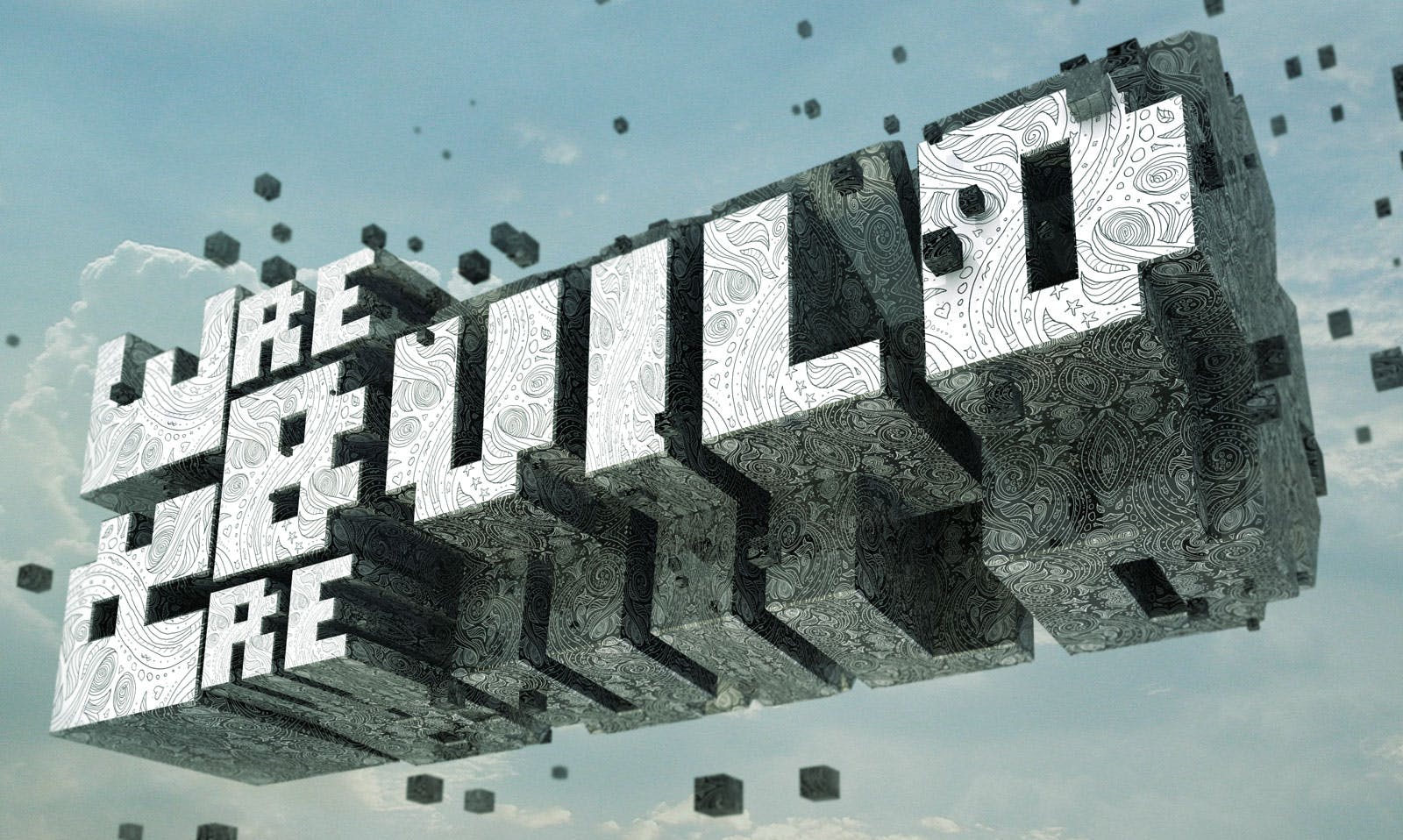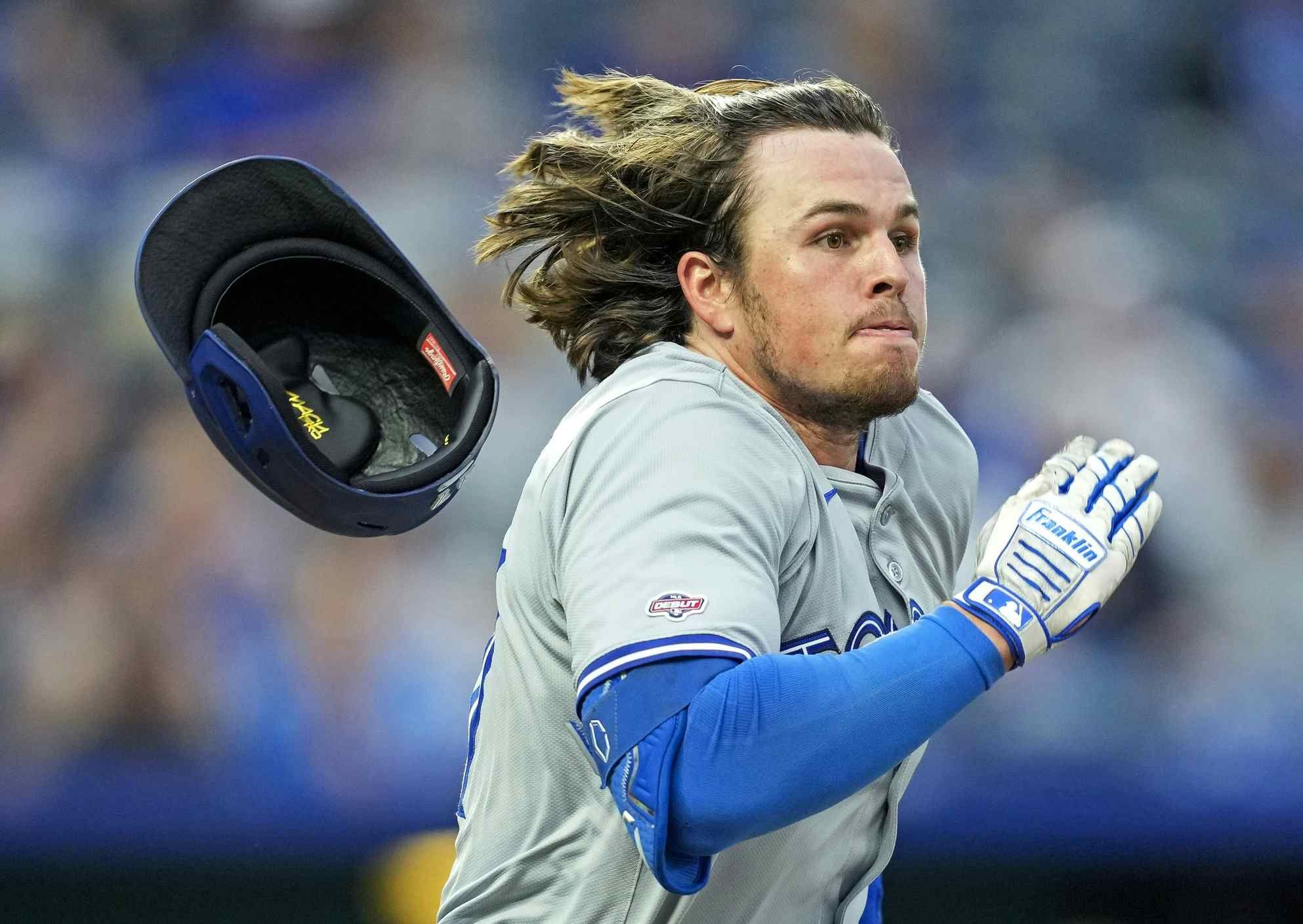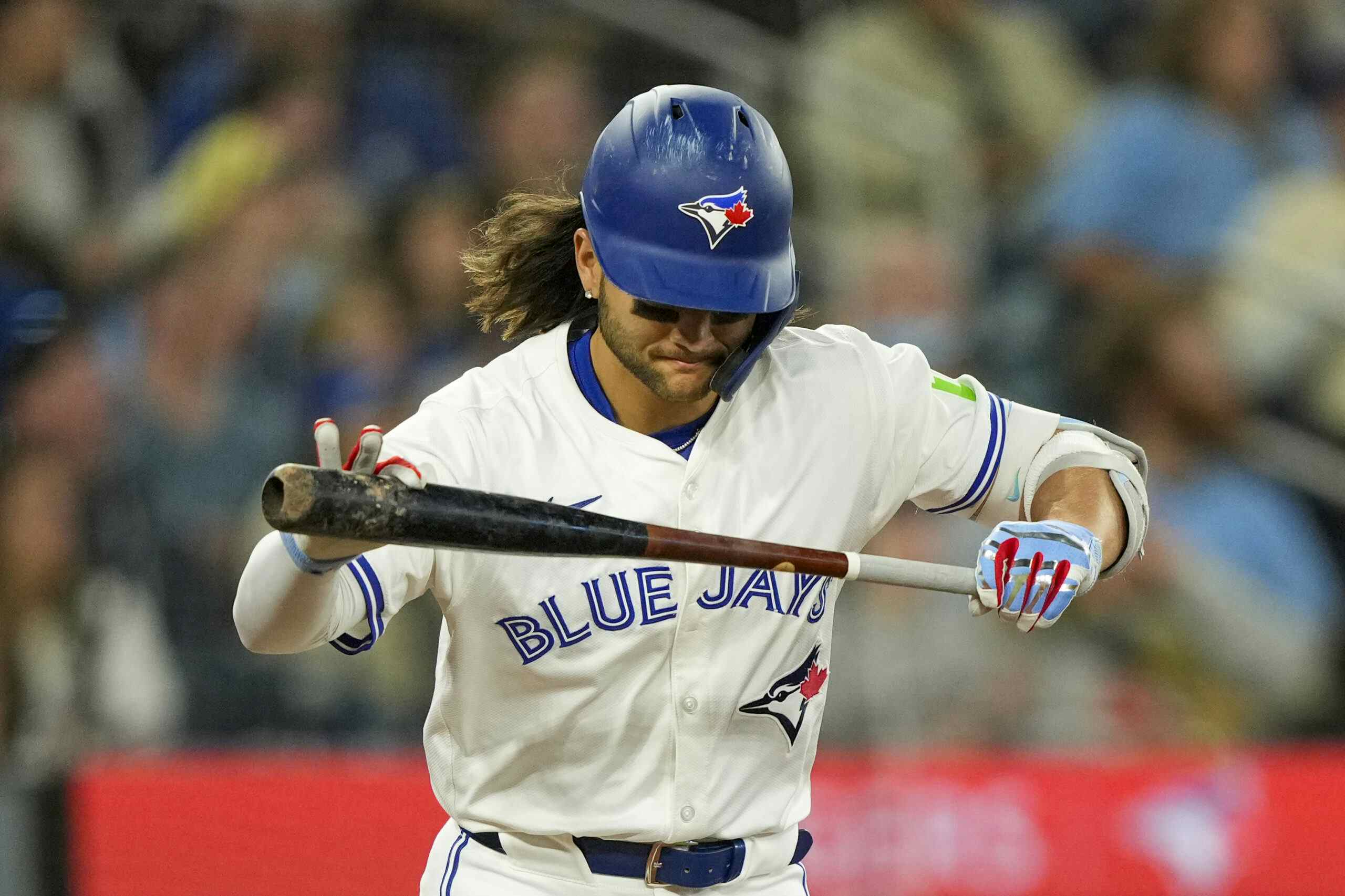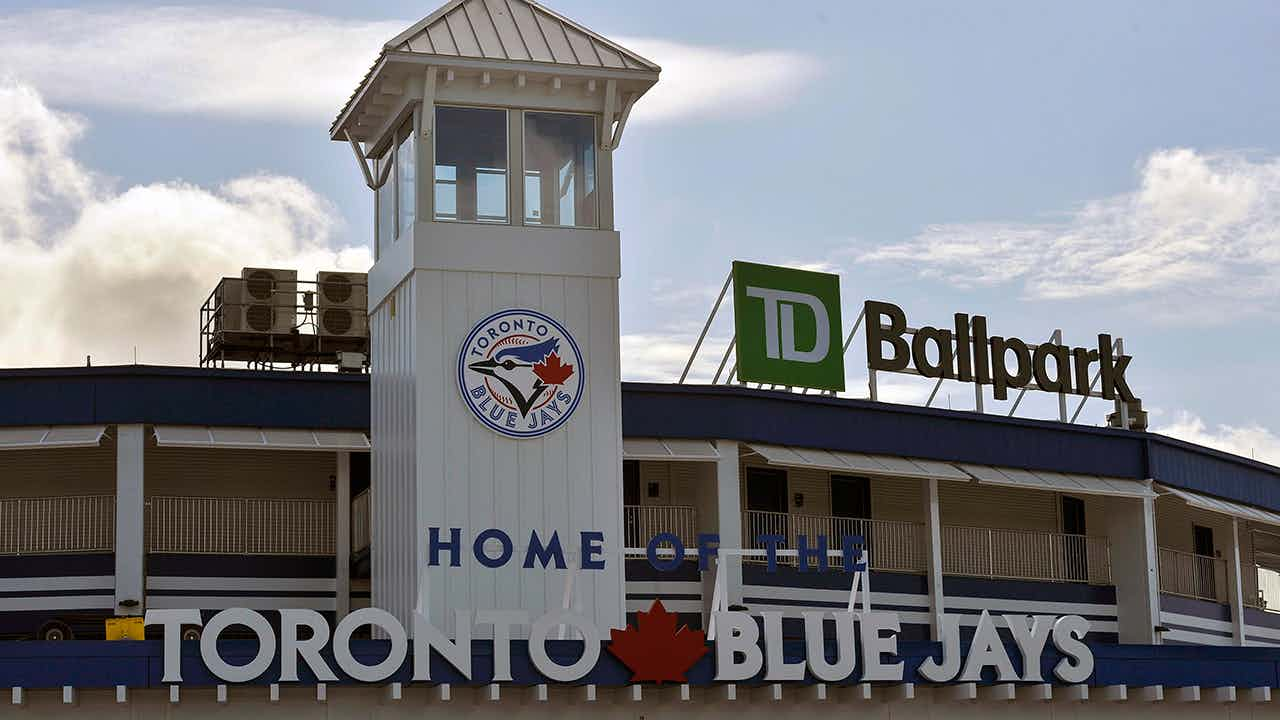Oh Right, That Cathal Kelly Thing…

Like I say every time I do one of these pieces — which, it turns out, is kinda a lot — I like Cathal Kelly. I don’t know him super well, but we’ve met and chatted and he’s smart and personable and I certainly have nothing against the guy. He was, in fact, the first guest we ever booked on the old Drunk Jays Fans podcast, and though he never made it to air because of some kind of a phone mix up, for any media person back then to give the time of day to us shit-disturbers meant a lot.
But oh man, when he writes about the Blue Jays these days it’s pretty hard not to end up seething. Or, at least, it is for me.
I guess I’d say that’s mostly because so much of what gets published under his name takes on the overall tone of idiot-empowering horseshit, especially when it comes to the club’s new front office. Want desperately to have your worst garbage-thoughts about Mark Shapiro validated by a major newspaper? Cathal’s your man!
In his latest, which came out over the weekend at the Globe and Mail, is about the 2017 Blue Jays potentially having been designed to fail. It’s an idea that, when you really look at it, isn’t so far off from what I’d say I think the plan was coming into this season, but stripped of vital nuance, hinged on falsities, and battered apart by the dark tones of presentation.
His red flag of a very first sentence brings our attention the two full-on tear-downs Shapiro led in Cleveland. “After a year and a fifth of holding the course,” he says two sentences later, “Shapiro’s team may not be in that new territory, but the Jays wagon train is headed there.”
That seems a rather definitive statement for a process Shapiro will say later in the piece his club would consider “only as a last case, if we didn’t see any other potential course back.” Plus, we know that part of the appeal of moving to Toronto from Cleveland for Shapiro was the fact that the resources are here to better avoid running that same small market playbook, and we’ve already seen his Blue Jays eschew anything resembling a commitment to a full-on tear-down, based on their free agent deals with guys like J.A. Happ and Kendrys Morales, their four year contract offer to Edwin Encarnacion, etc.
By the end of the piece, not a whole lot has changed. “Trading an MVP-calibre player would be Shapiro’s first blank-stare moment in Toronto,” says Cathal in his second last paragraph. “But everything he’s done up to this point – both in Cleveland and here – suggests that’s where he’s headed.”
In the course of the piece, in “proving” that thesis, there are a lot of missteps. And that’s probably putting it kindly.
First Cathal talks about the roster’s lack of balance, trying to throw some of Shapiro’s words back at him, and acting like he’s found some kind of a smoking gun in the age of the team. He notes that on Opening Day the Jays had the majors’ oldest roster (today they rank 25th). This, apparently, is supposed to be ominous, and a reason to believe the Jays want to purposely lose in order to facilitate a bigger tear-down. His questions, however, have far more easy, understandable, and obvious answers than the conspiratorial ones he implies:
It does leave one wondering why the Jays chose to address that problem by signing Jose Bautista (36), Kendrys Morales (33) and Steve Pearce (34) in the off-season.
Uh… is it perhaps because it takes a while for players to reach free agency and acquiring players through trade would have meant giving up too much future when the immediate roster holes were more easily filled by just spending money?
This club does analytics on the quality of its analytics. It is hard to believe the Blue Jays failed to notice that they were constructing a roster designed to dominate baseball’s Senior Tour, if such a thing existed.
It’s also hard to believe that someone who felt this topic was worth a super hot piss take failed to notice that teams don’t just construct their roster by buying players like they’re cans of soup at the bodega.
The only plausible rationale is that the team was, on some level, designed to fail.
The “only” plausible rationale? So the idea that they hedged their bets, keeping one eye firmly on the future while doing as much as they could to improve the present in the short term… that’s… that’s not even believable? Kinda odd, seeing as that’s exactly what they’re doing.
Success was always a possibility, but a long way from likely,…
They were firmly in, and maybe even at the top of, the tier of AL teams that in the preseason seemed to be just a little behind the clear favourites in Boston, Cleveland, and Houston.
…unless everything broke perfectly. Currently, it’s just breaking, period. The fans wanted more of the same. And you know what they say about getting what you want.
On May 14th, just two days after Kelly’s piece was published, the Jays got to 17-21 — the same exact record that the 2015 Blue Jays had after 38 games. That team, you may recall, got to the sixth game of the ALCS.
We then get to the meat of the crazy:
The planned self-destruction template exists locally. The Toronto Maple Leafs used the disastrous first few months of the 2014-15 season to make the case for a total restart. That’s worked out pretty well.Baseball is not hockey, but the same principles apply. In order to sow the field, you must occasionally burn it. Before you commit arson, it’s probably a good idea to get as many villagers on side as possible.
*wank-off motion*
Shapiro did not say that’s the plan on Friday. Instead, he left it to be read between the lines.“There are no decisions to make yet. It’s not a time to give up,” he said. “Come talk to me in 20 more games, after we’ve got all [our injured players] back. We’ll either have enough to feel like they can piece it together – though I realize that defies some logic – and if not, as we get into July, [trading away players] will be more of a conversation. Not to say that there aren’t some people here thinking about that and preparing for that possibility.”When the president is telling you that the idea that his team is a contender “defies logic,” that’s probably a good time to begin considering the end. I also have a hard time believing “some people” at the New York Yankees are preparing for a clear-out at the trade deadline. They’re planning on heading the other way.
Yes, you read that right. Cathal picked out three words from Shapiro’s quote, removed the one that greatly softened his statement, ignored the fact that he was simply and honestly acknowledging the reality of the hole the club is in, ignored everything else Shapiro said, and decided that what he really meant was that it’s time to raise the white flag. He then compared this to the Yankees, holding them up as the virtuous club who wouldn’t dare do such a thing to their fans — certainly not by cynical design — even though what the Jays appear to be doing is exactly what the Yankees have been doing the last few years.
New York has never gone full-on rebuild. They’ve tried to stay competitive while continuing to build internally at the minor league level. One way that they did that was by recognizing mid-stream that last year wasn’t going to be their year and getting a bounty of prospects for Andrew Miller and Aroldis Chapman. The Jays under Shapiro and Ross Atkins are operating in a similar way, trying to stay competitive by filling roster holes that can’t be filled internally with veterans on shorter-term contracts — players who will ideally have trade value if the club’s season happens to go sideways.
Since arriving here, Shapiro and general manager Ross Atkins have preached youth and done the opposite thing.
They have mostly held firm in their refusal to sign players who require draft pick compensation; they used Drew Hutchison and the club’s financial clout to get a couple decent prospects from Pittsburgh in addition to Francisco Liriano (who himself may get flipped for another prospect — albeit likely one of dubious quality); they used the Rule 5 draft to nab a very nice piece in Joe Biagini; they signed Lourdes Gurriel, and they’re about to make a couple more big splashes on the international amateur market.
Sure, at the big league level they’ve remained an older club, but without internal replacements breaking into the team, the only way they were going to do that was by trading veterans and getting worse. SO WHAT IS HE TALKING ABOUT???
They’ve talked about building up depth in the minor-league system, which is still a desert.
This is just regurgitation of a poorly aging trope. They’re not yet at the point where their best guys are knocking at the door of the big leagues, but a desert? Holy piss no.
They’ve made no substantive new roster commitments to a team that’s made the postseason two years running.
Signed Estrada, Happ, Morales, Pearce, and Bautista over the last two winters, and traded for Liriano. Not substantive, I guess!
Quite the opposite. Whenever possible, they’ve let the most expensive high-end talent leave.
They re-signed Bautista. They re-signed Estrada. They offered Edwin more than any other club. They didn’t pay the astronomical amount the Red Sox did to David Price, perhaps — and I’ve actually heard precisely — because they didn’t like the long-term outlook of his medicals.
But please, don’t let any of this stop you. I know how hard it is to pinch off a good, hot, firm piss once it’s going.
This is the rare professional sports outfit in an extended period of complete stasis.
HUH????
Winning obscured the curious lack of commitment to either the right now or the near future. Losing highlights it. It would be very hard to believe this wasn’t the plan all along – win or bust. Literally.
I’m certainly not going to say that the Blue Jays won’t entertain the idea of trading Josh Donaldson, or that they won’t actually, ultimately deal him. But it’s not difficult to see that the front office is absolutely not wringing its hands in anticipation of a complete dismantling process — and that’s without even considering whether or not they’d actually be dumb enough to sacrifice a great deal of their own job security to do so. They can continue to be competitive in the present while building under the hood for a great future. They can continue to put a good product on the field, a product that drives attendance and TV revenue, without full-on mortgaging the future with bloated payroll commitments and dealing away every minor leauger in sight.
Every team makes some kind of calculation as to how hard-in they’re going to go on a particular season. Every team has multiple prospects that could be traded for talent to make their big league roster better at the expense of their future. Every team has veterans that could be dealt for prospects to help the future. Every team has to consider the price of signing a player relative to everything else they have to do — whether the concern is draft pick compensation, their budget, the luxury tax, blocking a prospect and impeding his development, etc. Balancing this is tricky, especially when you’re not a team like the Cubs or the Red Sox who have already laid the groundwork for a vibrant prospect pipeline. It’s true that the Jays here in 2017 have neither gone all-in on the present, nor the near future, nor the long term. But the reason isn’t deviousness, and authoritative voices really ought to be better than validating the morons desperate to believe that it is. The reason the Jays aren’t on a clearer path in one specific direction is because they don’t have to be. And if the folks in the front office continue to do their jobs well, and continue to be mindful of the present, the near term, and the long term, and keep building their capabilities as a player development organization, and keep adding to their minor league stock, and keep trying to make shrewd bets on veteran mid-tier free agents to help the big league club where the pipeline can’t, that doesn’t have to change.
The Donaldson question is an enormous one, of course. But what have we heard for the last few years when talking about the Jays’ ability to trade for the best players out there? It was always that they were at a disadvantage because their best prospects were in the low minors, and teams covet young big leaguers or big-league-ready talent. There will be a way to handle Donaldson, just as there will be ways to handle this season failing to meet expectations, that will still allow for the club to avoid a brand-killing Astros-like several years in the wilderness. That, more than anything, would seem to be the plan — which is damn good, because it should be! It’s what the smart clubs do unless — as Shapiro exactly said — they are left with no other choice. It’s OK to admit it’s OK.
Recent articles from Andrew Stoeten





